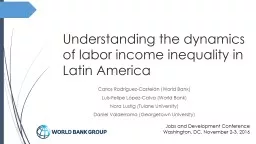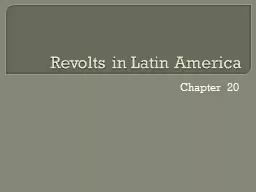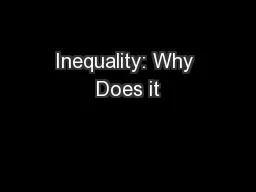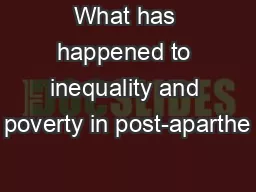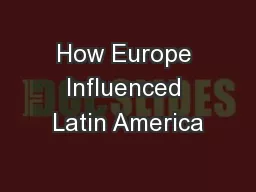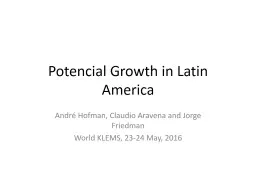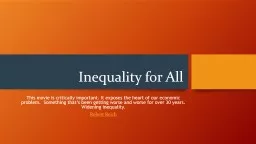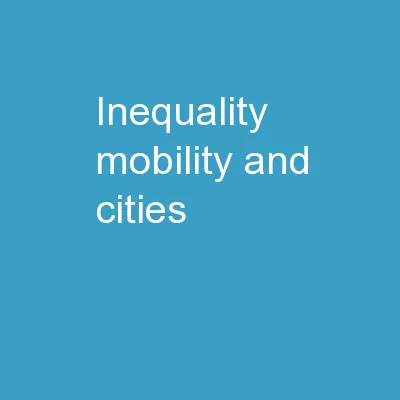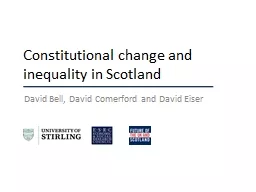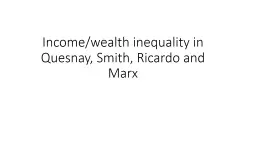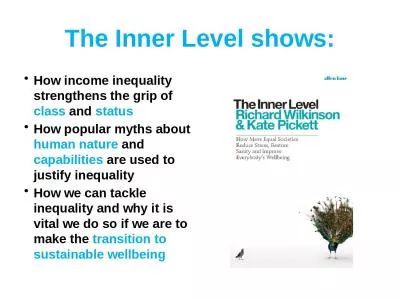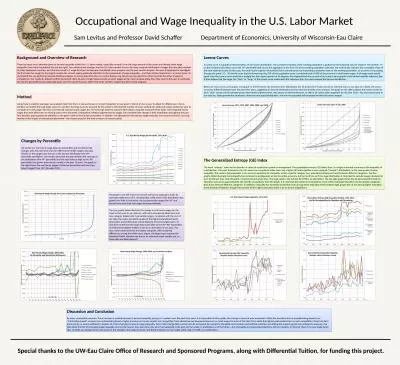PPT-Understanding the dynamics of labor income inequality in Latin America
Author : luanne-stotts | Published Date : 2018-02-27
WB PRWP 7795 Carlos RodríguezCastelán World Bank LuisFelipe LópezCalva World Bank Nora Lustig Tulane University Daniel Valderrama Georgetown University IEA 18
Presentation Embed Code
Download Presentation
Download Presentation The PPT/PDF document "Understanding the dynamics of labor inco..." is the property of its rightful owner. Permission is granted to download and print the materials on this website for personal, non-commercial use only, and to display it on your personal computer provided you do not modify the materials and that you retain all copyright notices contained in the materials. By downloading content from our website, you accept the terms of this agreement.
Understanding the dynamics of labor income inequality in Latin America: Transcript
Download Rules Of Document
"Understanding the dynamics of labor income inequality in Latin America"The content belongs to its owner. You may download and print it for personal use, without modification, and keep all copyright notices. By downloading, you agree to these terms.
Related Documents

